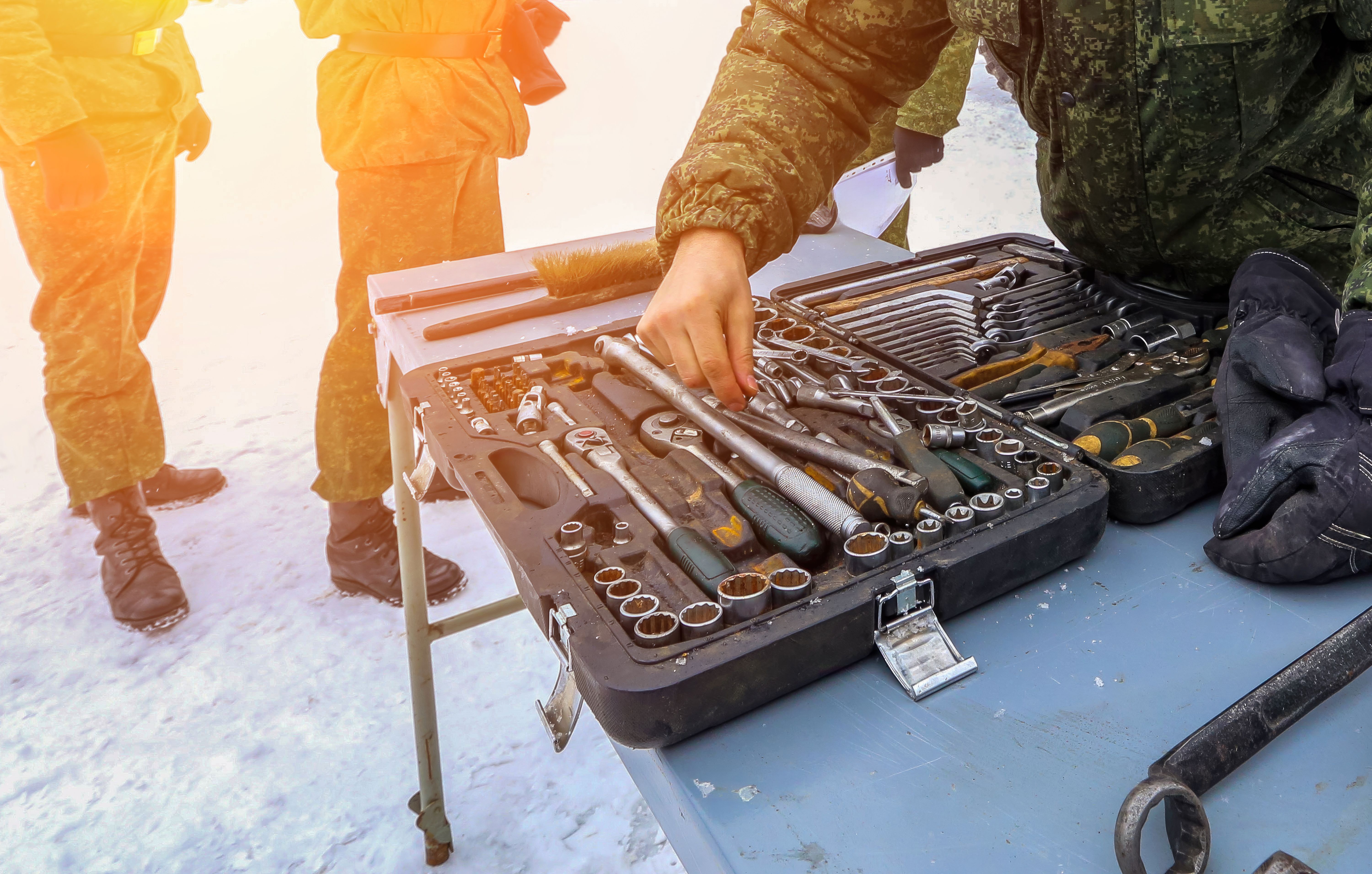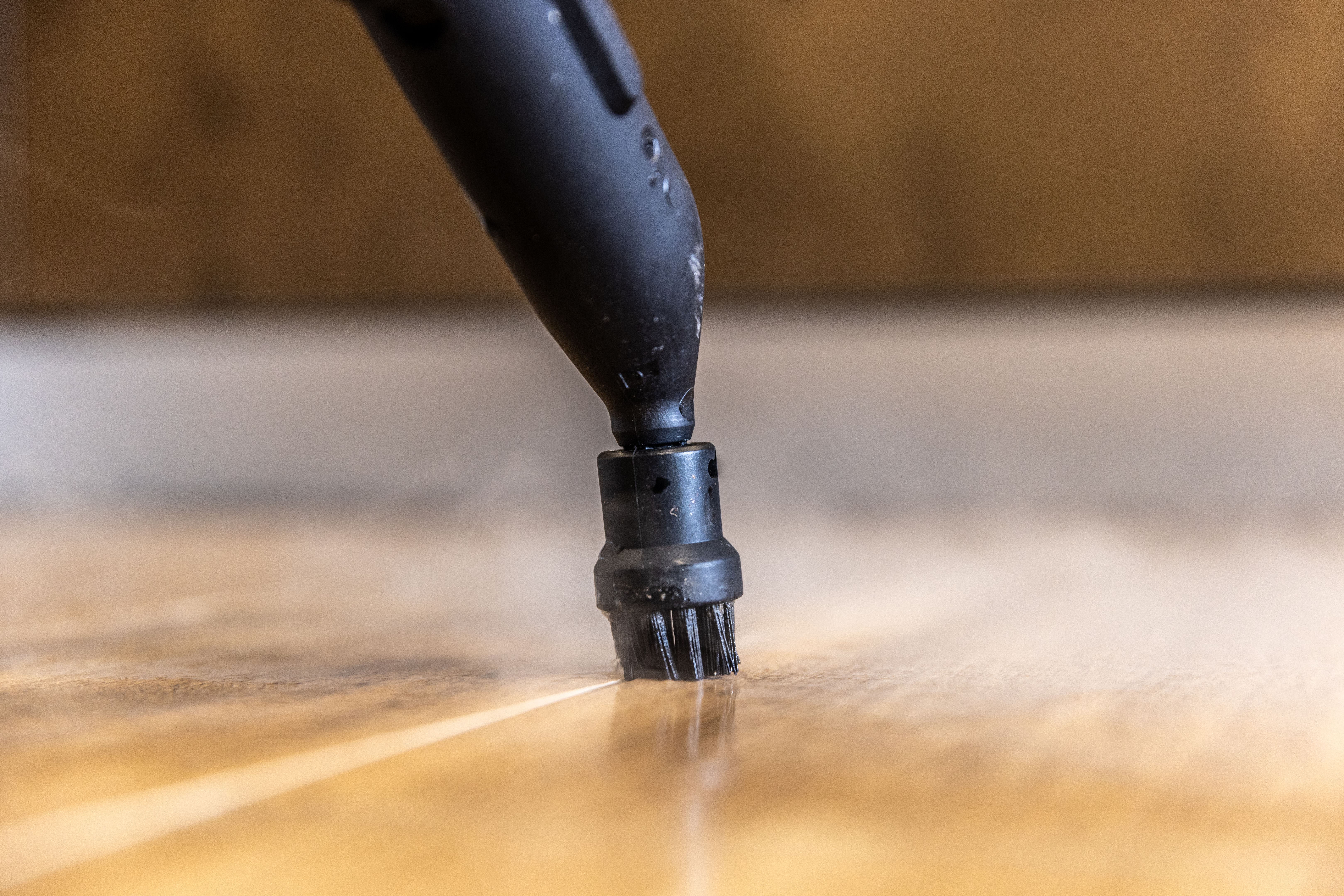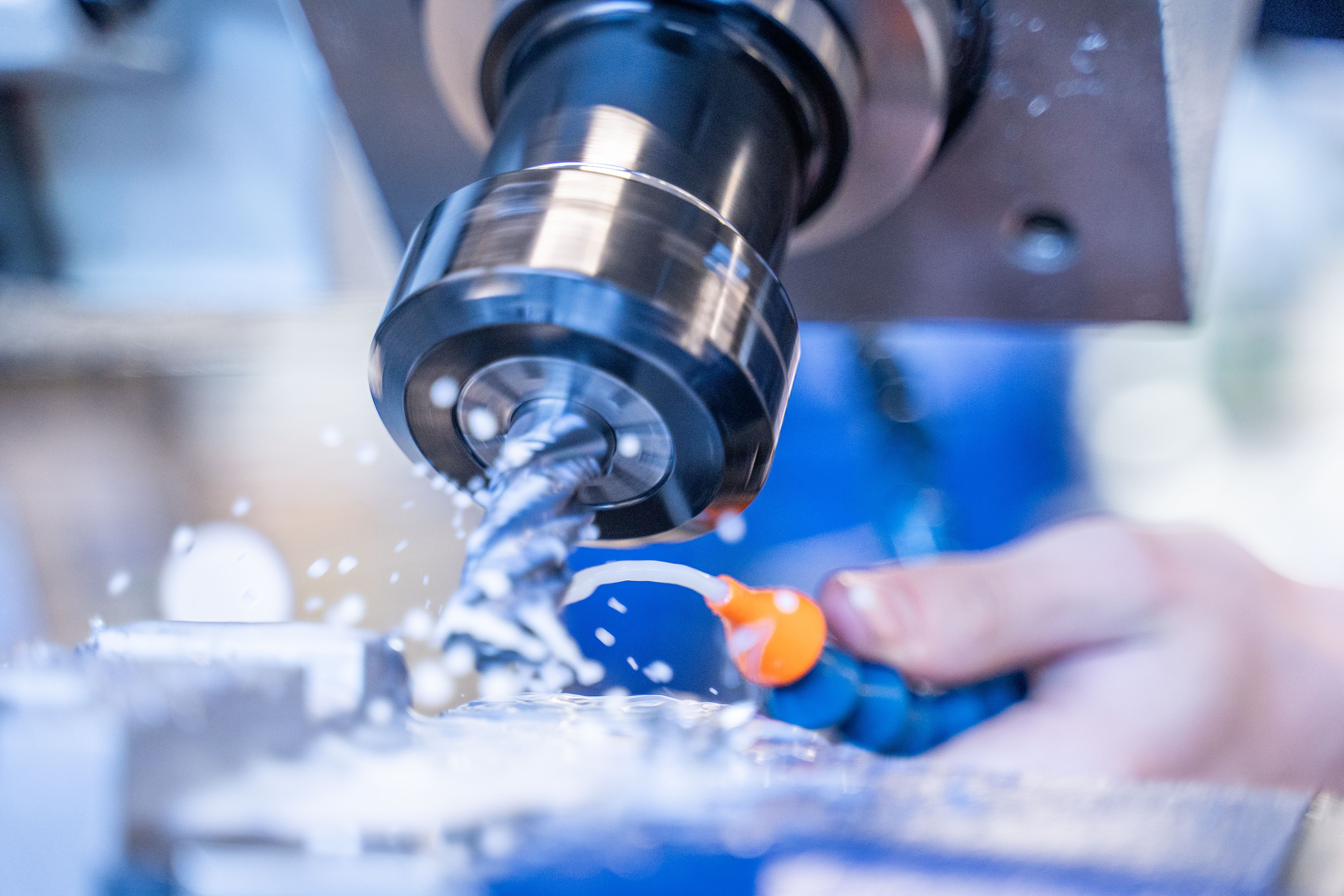Winter Drill Maintenance Tips for Germany
RR
Why Regular Drill Maintenance is Essential in Winter
Winter in Germany can be harsh, with temperatures often dropping below freezing. This can have a significant impact on your power tools, especially drills, which are commonly used for various tasks around the home and workplace. Regular maintenance during the winter months ensures your drill operates efficiently and extends its lifespan.
The cold temperatures can cause condensation within the drill, leading to potential rusting of internal components. Therefore, keeping your drill in a dry and warm place when not in use is crucial. Investing in a high-quality protective case can also help mitigate exposure to moisture and cold.

Cleaning and Inspecting Your Drill
Keeping your drill clean is vital for its longevity and performance. After each use, make sure to remove any dust and debris from the drill’s surface and vents. Use a soft brush or a can of compressed air to reach into crevices without causing damage.
Inspecting your drill regularly is another important step. Check the power cord for any signs of wear or damage, and ensure that all screws and fasteners are tight. If your drill has a battery pack, inspect the contacts for corrosion and clean them gently if necessary.

Lubricating Moving Parts
One of the most critical maintenance tasks is lubricating the moving parts of your drill. The cold weather can cause lubricants to thicken or become less effective. Use a suitable lubricant recommended by the manufacturer to keep the chuck, gears, and bearings running smoothly.
When applying lubricant, ensure that you use only a small amount to avoid attracting dust and debris. Regular lubrication will help prevent unnecessary wear and tear, ensuring that your drill remains reliable even in the coldest conditions.

Storing Your Drill Properly
Proper storage is key during the winter months. As mentioned earlier, keeping your drill in a warm, dry place is essential. If you are storing it for an extended period, consider removing the battery to prevent any potential leakage or degradation.
- Store your drill in a secure, insulated area.
- Avoid placing it directly on cold floors; use shelves or workbenches.
- Keep it away from sources of moisture or freezing temperatures.
Regular Testing and Calibration
Before starting any project, test your drill to ensure it is functioning correctly. Check that all settings are working properly and that there are no unusual sounds or vibrations. Regular testing helps identify potential issues before they become major problems.
Calibration is also important if your drill is used for precision tasks. Ensure that all settings are adjusted according to the manufacturer's specifications to maintain accuracy and performance.
Final Thoughts on Winter Drill Care
By following these maintenance tips, you can keep your drill in top condition throughout the winter months. Regular care not only prolongs the life of your tool but also ensures safety and efficiency during use. Remember that a well-maintained drill is an invaluable asset for any project, large or small.
Investing a little time in regular maintenance will save you both time and money in the long run, allowing you to tackle any task with confidence, regardless of the weather conditions outside.